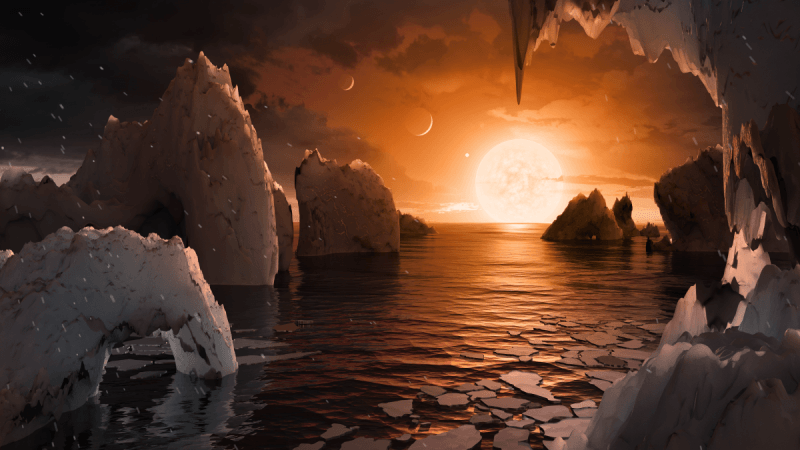Humanity's search for life in the cosmos can scratch off one place, narrowing the quest by a tiny margin in the infinite universe.
The Omega Centauri cluster of stars is in Earth's galactic backyard, says a report released by the University of California, Riverside. It is unlikely to have any habitable planets, said the study led by Stephen Kane of UCR's Department of Earth Sciences.
In the hunt for habitable exoplanets—planets that live in other star system— Omega Centauri is often quoted as being one of the largest "globular clusters" in the Milky Way galaxy. Because of its size and the number of stars in its vicinity, it was a prime candidate in the search for extraterrestrial life, notes the report.
Omega Centauri has about 10 million stars and is about 16,000 light years from Earth and is visible to the naked eye. Astronomers also study it using the Hubble Space Telescope to its relatively close proximity to Earth.

Kane spoke of why the entire globular cluster is more than likely to be devoid of any life. Despite the large number of stars concentrated in Omega Centauri's core, the prevalence of exoplanets remains somewhat unknown, said Kane. "However, since this type of compact star cluster exists across the universe, it is an intriguing place to look for habitability."
Researchers running this study, started with the wide range of about 470,000 stars huddled in Omega Centauri's core region. Researchers then reportedly zoned in on about 350,000 stars based on their colour— which indicates their potential to have planets that could harbour life.
Astronomers then went on to calculate the habitable zone of each of the stars. They found that since most stars in Omega Centauri's core are red dwarfs—coolest and possibly the weakest stars—their habitable zones, the region stretching out from a star where it possible for water can exist in its liquid form- vital for life and for red dwarfs, this "Goldilocks Zone" is much closer because of its low heat levels when compared to the Sun, for example.
The core of Omega Centauri could potentially be populated with a plethora of compact planetary systems that harbour habitable-zone planets close to a host star said Kane. "An example of such a system is TRAPPIST-1, a miniature version of our own solar system that is 40 light years away and is currently viewed as one of the most promising places to look for alien life."
The tightly packed nature of stars in Omega Centauri has led researchers to come to a conclusion that such star systems, no matter how small, cannot exist at the cluster's core. The Solar System, for example and the Sun in its centre is about 4.22 light years from its nearest star. In the vicinity of the Omega Centauri's core, the average distance between stars is only about 0.16 light years, the researchers say, as a result, those stars would encounter a neighbour about once every 1 million years.
This has a detrimental effect on their ability to harbour any stable planets, let alone life on these planets. Stars interacting with each other is spectacularly violent, shredding each other, leading to explosions that ring out to the length of the entire galaxy.
"So, studying globular clusters with lower encounter rates might lead to a higher probability of finding stable habitable planets."
The study was first published in The Astrophysical Journal.










